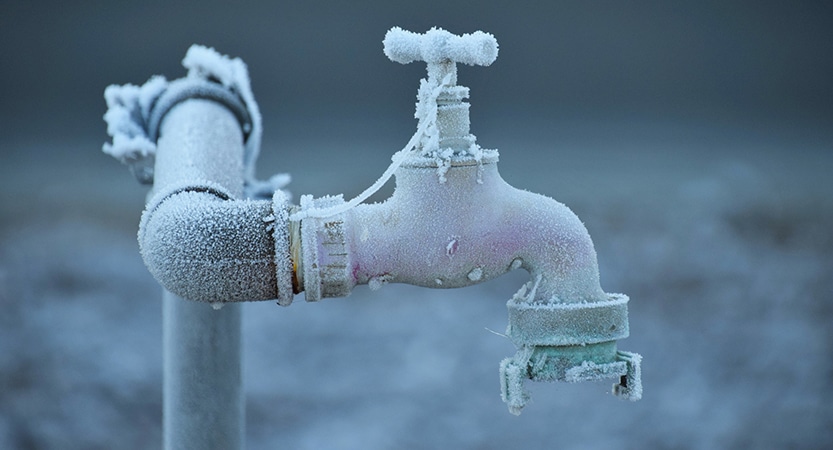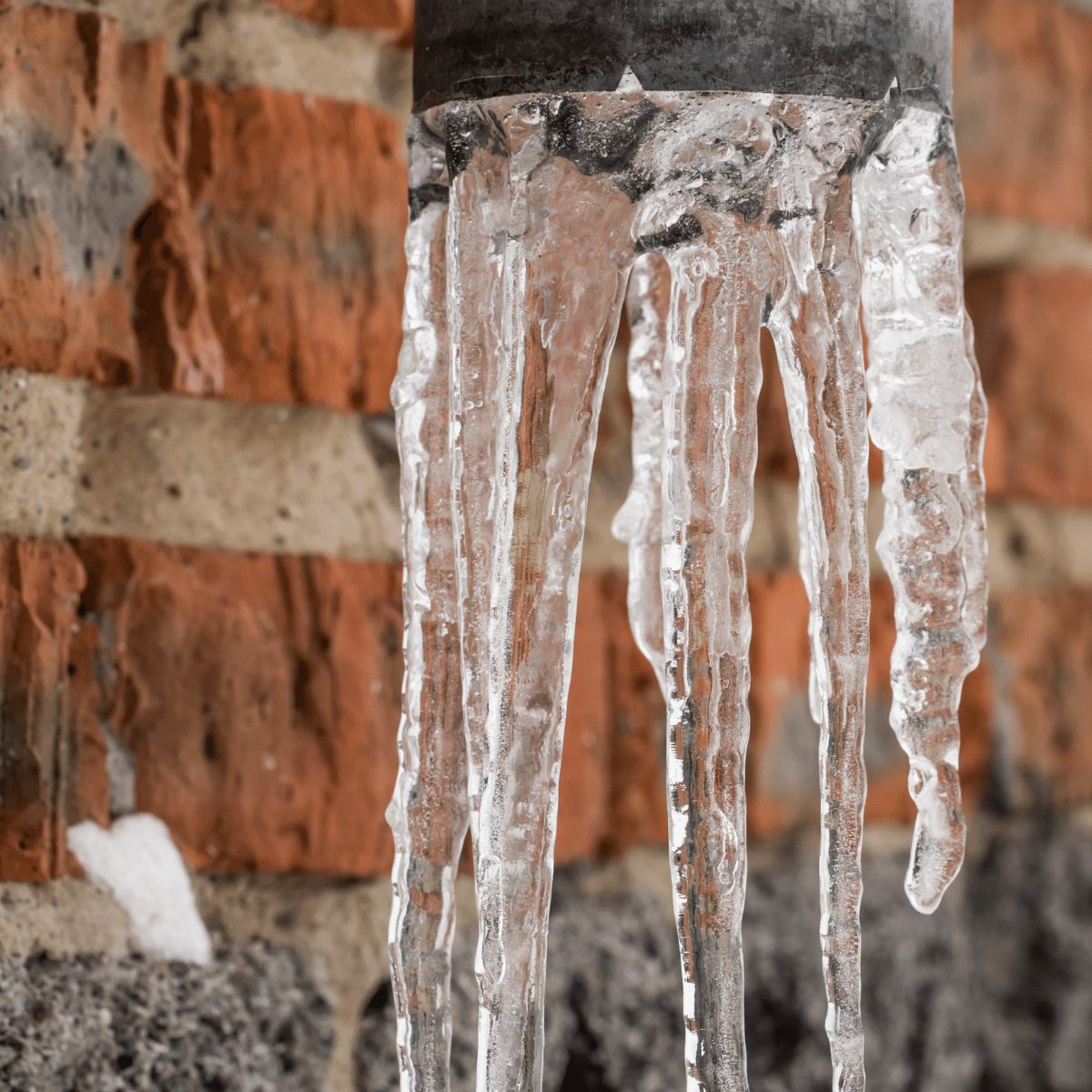Here in the next paragraphs you can find additional high-quality information and facts about How To Avoid Freezing Pipes.

Cold weather can wreak havoc on your plumbing, specifically by freezing pipes. Here's how to stop it from happening and what to do if it does.
Introduction
As temperature levels decline, the danger of frozen pipelines boosts, potentially bring about pricey repair services and water damages. Understanding just how to avoid frozen pipes is essential for house owners in cool climates.
Prevention Tips
Protecting at risk pipelines
Wrap pipes in insulation sleeves or use warm tape to protect them from freezing temperatures. Focus on pipelines in unheated or external areas of the home.
Home heating techniques
Maintain indoor areas sufficiently heated up, specifically locations with pipes. Open cupboard doors to allow warm air to distribute around pipes under sinks.
How to recognize icy pipes
Look for decreased water circulation from taps, uncommon smells or noises from pipes, and noticeable frost on revealed pipes.
Long-Term Solutions
Architectural modifications
Consider rerouting pipes far from outside wall surfaces or unheated locations. Include extra insulation to attics, cellars, and crawl spaces.
Upgrading insulation
Buy top notch insulation for pipelines, attic rooms, and walls. Appropriate insulation helps keep regular temperatures and lowers the risk of frozen pipes.
Shielding Outside Pipes
Garden tubes and exterior taps
Separate and drain pipes yard hose pipes before winter. Set up frost-proof spigots or cover outdoor faucets with protected caps.
Understanding Icy Pipelines
What triggers pipelines to freeze?
Pipes ice up when subjected to temperature levels listed below 32 ° F (0 ° C) for extended periods. As water inside the pipes freezes, it broadens, taxing the pipeline walls and possibly triggering them to burst.
Risks and problems
Frozen pipelines can lead to water interruptions, home damage, and costly repairs. Burst pipelines can flooding homes and cause considerable architectural damages.
Signs of Frozen Water Lines
Identifying frozen pipes early can stop them from bursting.
What to Do If Your Pipes Freeze
Immediate activities to take
If you think frozen pipes, keep faucets open up to alleviate stress as the ice thaws. Use a hairdryer or towels taken in warm water to thaw pipes gradually.
Verdict
Protecting against icy pipelines calls for proactive actions and fast feedbacks. By understanding the reasons, indications, and safety nets, home owners can safeguard their plumbing throughout cold weather.
5 Ways to Prevent Frozen Pipes
Drain Outdoor Faucets and Disconnect Hoses
First, close the shut-off valve that controls the flow of water in the pipe to your outdoor faucet. Then, head outside to disconnect and drain your hose and open the outdoor faucet to allow the water to completely drain out of the line. Turn off the faucet when done. Finally, head back to the shut-off valve and drain the remaining water inside the pipe into a bucket or container. Additionally, if you have a home irrigation system, you should consider hiring an expert to clear the system of water each year.
Insulate Pipes
One of the best and most cost-effective methods for preventing frozen water pipes is to wrap your pipes with insulation. This is especially important for areas in your home that aren’t exposed to heat, such as an attic. We suggest using foam sleeves, which can typically be found at your local hardware store.
Keep Heat Running at 65
Your pipes are located inside your walls, and the temperature there is much colder than the rest of the house. To prevent your pipes from freezing, The Insurance Information Institute suggests that you keep your home heated to at least 65 degrees, even when traveling. You may want to invest in smart devices that can keep an eye on the temperature in your home while you’re away.
Leave Water Dripping
Moving water — even a small trickle — can prevent ice from forming inside your pipes. When freezing temps are imminent, start a drip of water from all faucets that serve exposed pipes. Leaving a few faucets running will also help relieve pressure inside the pipes and help prevent a rupture if the water inside freezes.
Open Cupboard Doors
Warm your kitchen and bathroom pipes by opening cupboards and vanities. You should also leave your interior doors ajar to help warm air circulate evenly throughout your home.

As a keen reader on How to Prevent Your Pipes From Freezing, I think sharing that piece was mandatory. Please take the time to share this post if you enjoyed it. Thank you so much for going through it.
Request A Quote